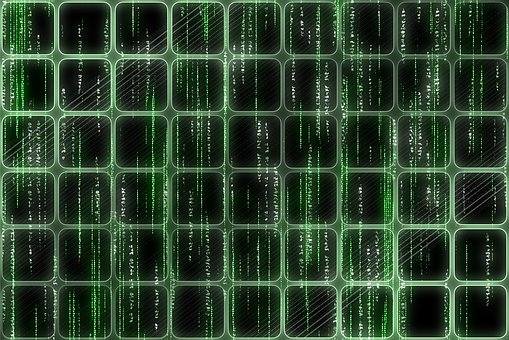
Dry process fibreboards are engineered wood-based sheet materials made by bonding together wood fibres with a synthetic resin adhesive. The term ‘dry process fibreboards’ is a generic term so called by virtue of the manufacturing process.
Within this description, the most common class of board is Medium Density Fibreboard ( MDF ) although this in itself is a generic class, which can be for marketing purposes sub-divided into panel types differentiated principally by their density, i.e.
High Density MDF (HDF)
Low Density MDF (LDF)
Ultra Low Density MDF (ULDF)

Since 1966 when the first MDF was produced commercially in Deposit, New York State, USA, the market for MDF has increased dramatically world-wide. The first MDF was produced in Europe in 1973 and today European production rivals that in the USA.
Because of its availability in a wide range of thicknesses and the ability to be machined and finished to a high standard, dry process fibreboards have been accepted in a wide range of applications both in construction and also furniture, where in both cases it has substituted solid timber and also other wood-based panels in particular applications.
The development of value added variants with enhanced mechanical performance and improved performance in the presence of moisture and fire have further aided the applications available.
MDF can be manufactured with either softwood or hardwood species. The majority of MDF manufactured is composed mainly of softwood although some individual brands may contain a higher percentage of temperate hardwood depending on the location of the factory to the local forest resource.

The constituents of a typical standard MDF manufactured in the United Kingdom or Ireland are 82 virgin wood fibre (wholly or mainly softwood), 10% synthetic resin binder, 7% water, less than 1% paraffin wax solids and less than 0.05% silicon. The most common binder is urea-formaldehyde although depending on the grade and end use of the product other binders may be used, i.e. melamine urea-formaldehyde, phenolic resins and polymeric methylene di-isocyonate (PMDI).